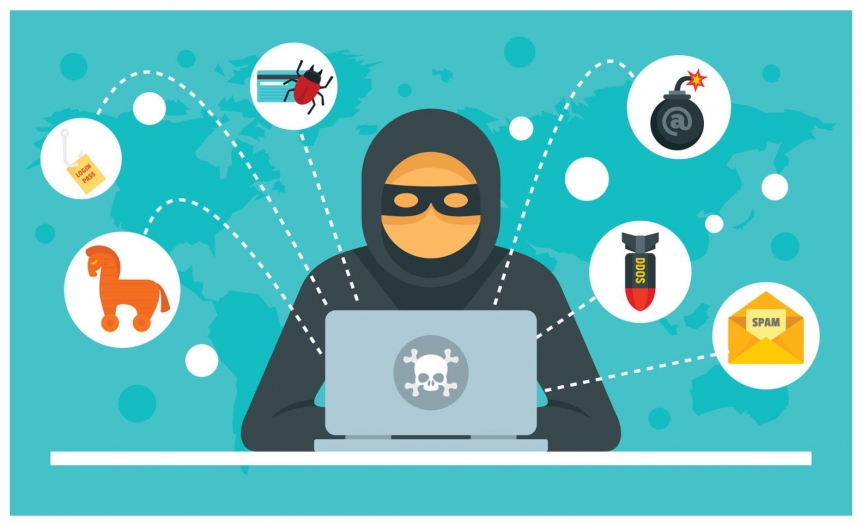By Gene Schmitt, CSP, ARM, CHST, CFPS, Risk Control Specialist Excessive heat affects many workers, particularly people performing strenuous work including firefighters, foundry workers, bakery workers, and construction workers. It’s important to recognize conditions and situations where heat-related illness might occur and take appropriate prevention measures. Employees should learn to recognize the signs and symptoms of heat-related illnesses and know how to appropriately respond. The heat wave we are experiencing brings the risk for heat cramps, heat exhaustion, and heat stroke. Heat cramps occur when the body loses significant amounts of salts. It’s important to stop strenuous activity and get to a cool, shaded place. Drink clear juice or a sports beverage, or water with food. Heat exhaustion is when …
Trucking Companies: Insurance Renewal Questions
By Tyson Keith for AssuredPartners.com The year of 2021 has already proven to be a record-breaking year for the trucking industry, as there are more active trucking companies now than ever before. According to the Trucking Register’s May 2021 report, there are 13,200 more active authorities than there were in April, which is nearly ten times the average monthly growth of the industry! This creates an issue for truck insurance carriers, as the industry is not equipped to handle the rapid growth. Underwriting companies rely heavily on retail agencies to vet each trucking company and give them the insight they need to properly underwrite each risk. With over 431,000 active trucking companies all renewing their insurance on an annual basis, …
Agribusiness: Reducing Incidents With a Safety Committee
By Gina Ekstam for AssuredPartners.com A recent review of auto, liability, property, and workers’ compensation claims reported between April and June revealed a sharp rise in liability claims, costing agribusinesses millions. Property claims were the costliest, while workers’ compensation claims were the most frequent. It is no secret that safety is everyone’s responsibility. One way to instill a safety-first culture is with the creation of a safety committee. Click here to learn the four things most successful committees have in common>>>
Senior Living: Cyber Liability Insurance & Why You Need It
By Ashley Wilson for AssuredPartners.com Technology has become an essential element to our everyday life. While the benefits are endless, it comes with a significant risk for many employers. Cyber-attacks are becoming increasingly popular as we become more dependent on technology. Unfortunately, the long-term care industry is not immune to these attacks. Like the rest of the world, the long-term care industry relies on technology for day-to-day operations such as data management systems, electronic health records, billing, and storing personally identifiable information, also referred to as PII. The availability of this information provides cybercriminals with a desirable target that is unknowingly putting long-term care providers at risk of a cyber-attack. Click for five ways to thwart cyber criminals from impeding …
Weekend Inspections Signal Tougher OSHA Approach
By Angela Childers for BusinessInsurance.com After spending the past few months developing a COVID-19 emergency temporary standard, the Occupational Safety and Health Administration has turned its attention to safety issues in the construction industry. In early June, OSHA announced that it would begin a “Weekend Work” enforcement program targeting construction sites on Saturdays and Sundays in a “proactive effort to identify hazardous worksites and to ensure workers end their shifts safely.” This effort specifically seeks to address potential fall protection violations — the most-cited OSHA violation for a decade — and trenching violations, which have also consistently been named by the agency as among the top construction violations. Read more here>>>
OSHA’s Long-awaited ETS Only Applies to Health Care Workers
By Louise Esola for BusinessInsurance.com The Occupational Safety and Health Administration on Thursday released the details of its long-awaited Emergency Temporary Standard, which it says will only apply to health care workers. The agency said it will follow up with separate guidance for workers in such sectors as manufacturing, meat and seafood processing, grocery and retail. The ETS, which has been submitted to the Office of the Federal Register, includes such requirements as sanitation, time off for illness or vaccinations, anti-retaliation measures, and personal protective equipment while working with COVID-19 patients. The guidance closely resembles rules issued by the Centers for Disease Control and Prevention. Get more details>>>
Getting Younger Employees’ Safety Buy-In
By Zach Pucillo for KPA.io One of the most impactful ways to motivate younger workers to reduce their risk tolerance is to focus on technology. This generation grew up with mobile phones, apps, and social media, and their cell phones are likely attached at their hips. Certainly, if distractions from a mobile phone or electronic tablet could result in safety hazards at work, consider implementing a ban on such usage in high-risk work areas. But, once you’ve identified those risks and implemented policies and practices to properly address those issues, consider the ways in which you can leverage technology to work to your advantage. For instance, consider including your safety data sheets (SDSs) in a mobile application that’s easily accessible …
Risk Management Strategies to Reduce Your Liability
By Ashley Wilson for AssuredPartners.com Business leaders are forced with making impossible decisions as a result of the COVID-19 pandemic. Not just decisions about keeping their doors open, but decisions ranging from hiring and firing employees, to compensation, and how to provide safe work conditions during these unprecedented times. Unbeknownst to many employers, these difficult decisions are putting their business at risk for an Employment Practices Liability Insurance (EPLI) claim. As employment-related lawsuits are on the rise for employers of all sizes, it is critical for employers to understand these exposures in order to manage the risk of an EPLI claim. Read effective risk management strategies to reduce liability>>>
Ransomware Continues to Lead Cyber Attacks
By Jody Westby for LeadersEdge.com Experts predict that a company will be hit with ransomware every 11 seconds and the cost of these attacks will be $20 billion by the end of 2021. Why has ransomware been so successful? Two reasons: (1) companies have not developed and tested backup/recovery plans that enable them to fully restore systems encrypted by ransomware, and (2) they have not encrypted their data at rest. If an organization hit by ransomware has encrypted its data at rest and has full backup/restoration capabilities, it can just restore its systems, and the cyber criminals have to go elsewhere. The reality, however, is that many companies rolled the dice and chose not to fund the development of backup/recovery …
Water, Rest, Shade: Keeping Workers Safe in the Heat
Sponsored by Occupational Safety and Health Administration, US DOL Every year, dozens of workers die and thousands more become ill while working in extreme heat or humid conditions. There are a range of heat illnesses and they can affect anyone, regardless of age or physical condition. The informal kickoff date for the campaign is the Friday before Memorial Day – this year, Friday, May 22, 2021. Employer Responsibility to Protect Workers Under OSHA law, employers are responsible for providing workplaces free of known safety hazards. This includes protecting workers from extreme heat. An employer with workers exposed to high temperatures should establish a complete heat illness prevention program. Provide workers with water, rest and shade. Allow new or returning workers …










